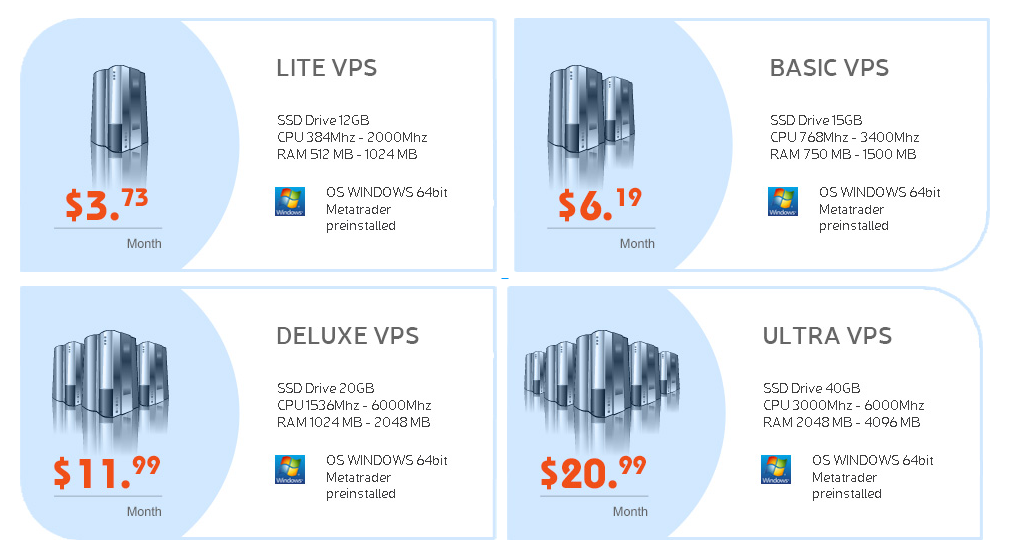Currency ETFs 101: A Beginner-Friendly Guide to Exploring Currency Exchange-Traded Funds (ETFs)

Are you interested in investing in currencies but find forex trading too complex? If so, currency exchange-traded funds (ETFs) might be the perfect solution for you. In this article, we'll explore the world of currency ETFs, providing a beginner-friendly guide to help you get started in this longer-term investment vehicle.
Introducing Currency Exchange-Traded Funds (ETFs)
Currency ETFs are investment securities that allow you to gain exposure to various foreign currencies without the complexities of traditional forex trading. Unlike forex, which focuses on short-term speculative trades, currency ETFs are designed for longer-term investments that can span several years or more. This makes them an attractive option for investors looking to diversify their portfolios beyond stocks and bonds.
Understanding the Structure of Currency ETFs
Currency ETFs hold either a large deposit of currency in a designated financial institution or futures contracts of the underlying currency. Some ETFs focus on a single currency, while others offer a diversified holding of multiple currencies. These ETFs can be easily bought and sold through regular brokerage accounts, making them as accessible as buying stocks.
Exploring Different Currency ETFs Worldwide
There are various currency ETFs available to investors, each representing exposure to specific currencies. For example, the WisdomTree Emerging Currency Strategy Fund (CEW) provides exposure to emerging market currencies, while the ProShares UltraShort Australian Dollar (CROC) is designed to profit from the decline of the Australian dollar.
Investors can choose from a wide range of currency ETFs based on their investment goals and strategies.
Hedged vs. Unhedged ETFs: What's the Difference?
Currency ETFs can be either hedged or unhedged. A hedged ETF aims to minimize the impact of foreign currency fluctuations on the investment's value. On the other hand, an unhedged ETF allows investors to take advantage of currency movements, which can amplify gains or losses. Choosing between hedged and unhedged ETFs depends on an investor's risk tolerance and outlook on currency movements.
Finding Valuable Resources for ETF Information
As with any investment, conducting thorough research is essential. There are several resources available to help you learn more about currency ETFs. Websites like the ETF issuer's official site, financial news outlets, and online brokerage platforms offer valuable information and insights on various ETFs.
In conclusion, currency ETFs provide an accessible and beginner-friendly way to invest in foreign currencies for the longer term. By understanding the structure of these ETFs, exploring different options, and considering hedged or unhedged strategies, investors can make informed decisions and potentially benefit from the opportunities presented by the currency markets.
- Art
- Causes
- Crafts
- Dance
- Drinks
- Film
- Fitness
- Food
- Games
- Gardening
- Health
- Home
- Literature
- Music
- Networking
- Other
- Party
- Religion
- Shopping
- Sports
- Theater
- Wellness
- IT, Cloud, Software and Technology


